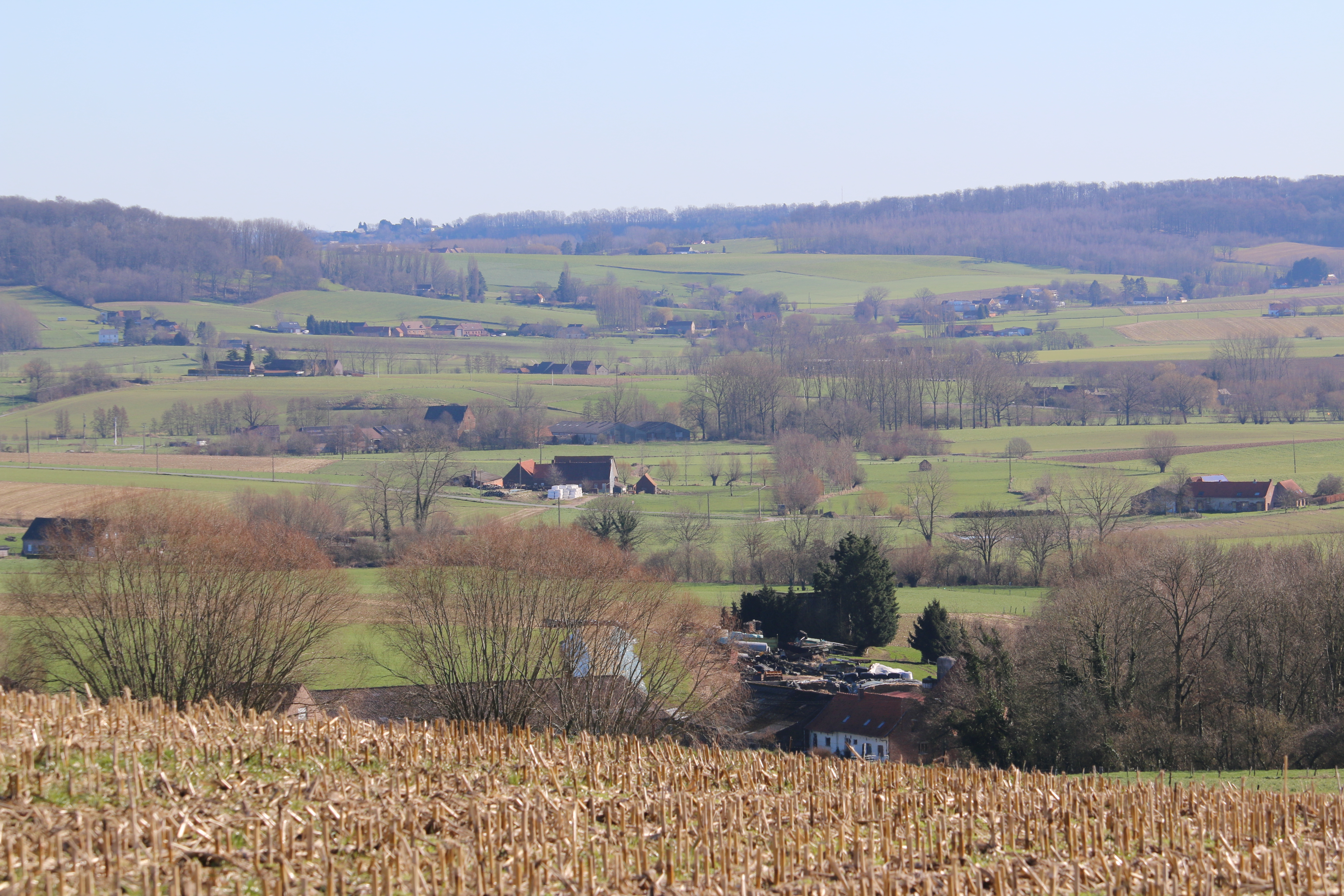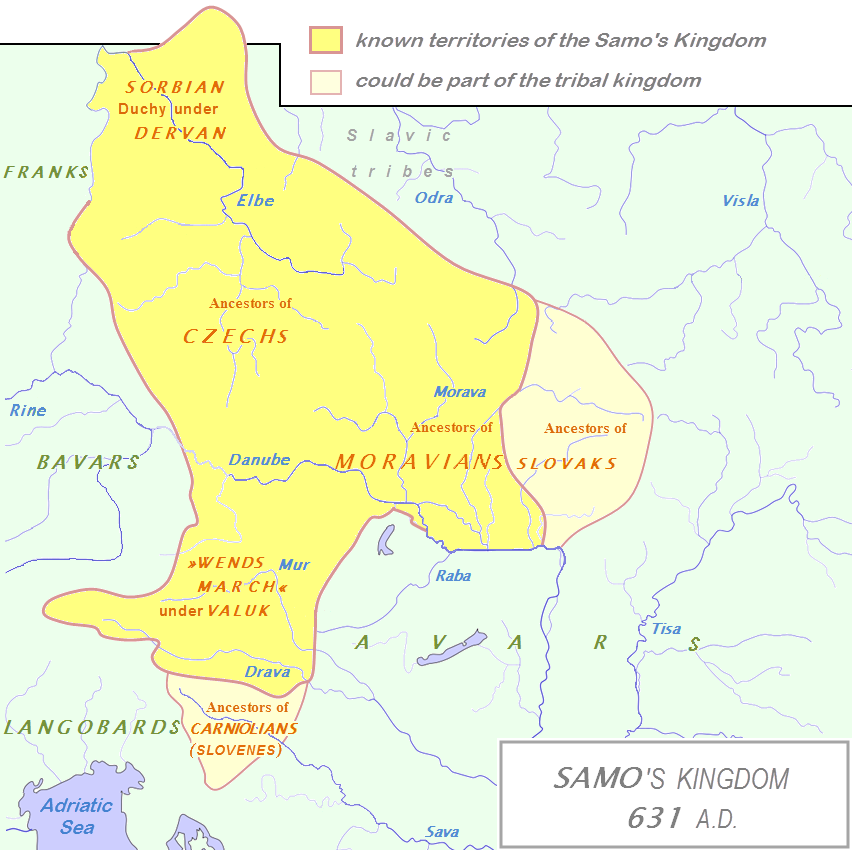|
Soignies
Soignies (; nl, Zinnik, ; pcd, Sougniye; wa, Sougniye) is a municipality of Wallonia located in the province of Hainaut, Belgium. It consists of the following districts: Casteau, Chaussée-Notre-Dame-Louvignies, Horrues, Naast, Neufvilles, Soignies and Thieusies. Casteau is known worldwide because SHAPE, the military headquarters of NATO, has been based at the village since 1967. The name of Soignies comes from the Latin word ''suniacum'', which means "on the Senne". The spring of the Senne is near Soignies. After Soignies, the river flows through Brussels. Soignies is also well known for its blue limestone (from the ''Carrières du Hainaut'') and its glass industry (Durobor). History Saint Vincent The known history of the region starts in the 7th century. The Frankish merchant Samo, who founded an empire in Central Europe, may have come from Soignies (Latin: ''pagus Senonagus).''Chronicle of Fredegar, 4.48, edited and translated in J.M. Wallace-Hadrill, ''The Fourt ... [...More Info...] [...Related Items...] OR: [Wikipedia] [Google] [Baidu] |
Hainaut Province
Hainaut (, also , , ; nl, Henegouwen ; wa, Hinnot; pcd, Hénau), historically also known as Heynowes in English, is a province of Wallonia and Belgium. To its south lies the French department of Nord, while within Belgium it borders (clockwise from the North) on the Flemish provinces of West Flanders, East Flanders, Flemish Brabant and the Walloon provinces of Walloon Brabant and Namur. Its capital is Mons (Dutch ''Bergen'') and the most populous city is Charleroi, the province's urban, economic and cultural hub, the financial capital of Hainaut and the fifth largest city in the country by population. Hainaut has an area of and as of January 2019 a population of 1,344,241. Another remarkable city is Tournai (Dutch ''Doornik'') on the Scheldt river, one of the oldest cities of Belgium and the first capital of the Frankish Empire. Hainaut province exists of a wavy landscape, except for the very southern part, the so-called ''Boot of Hainaut'', which is quite hilly and b ... [...More Info...] [...Related Items...] OR: [Wikipedia] [Google] [Baidu] |
Arrondissement Of Soignies
The Arrondissement of Soignies (french: Arrondissement de Soignies; nl, Arrondissement Zinnik) is one of the seven administrative arrondissements in the Walloon province of Hainaut, Belgium. The Arrondissement of Soignies consists of the following municipalities: Since 2019 * Braine-le-Comte * Écaussinnes * Le Rœulx * Manage * Soignies * Seneffe Before 2019 * Braine-le-Comte * Écaussinnes * Enghien * La Louvière * Le Roeulx * Lessines * Silly * Soignies The municipalities of Enghien, Lessines and Silly are transferred on January 1, 2019 to the Arrondissement of Ath while the municipalities of Manage and Seneffe from the Arrondissement of Charleroi are integrated on the same date into the Arrondissement of Soignies. La Louvière is detached from the Arrondissement on the same date to create the new Arrondissement of La Louvière. Soignies Soignies (; nl, Zinnik, ; pcd, Sougniye; wa, Sougniye) is a municipality of Wallonia located in the province of Hainaut, Belg ... [...More Info...] [...Related Items...] OR: [Wikipedia] [Google] [Baidu] |
Casteau
Casteau ( wa, Castea) is a village of Wallonia and a district of the municipality of Soignies, located in the province of Hainaut, Belgium. With the other villages Chaussée-Notre-Dame-Louvignies, Horrues, Naast, Neufvilles, Soignies (town), and Thieusies, they compose the municipality of Soignies. The village is located between the towns of Mons and Soignies on the road Mons-Brussels. The river Obrecheuil flows through the village. In the past, there were some watermills along the river. * Postal code: 7061 * Province: Hainaut * Municipality: Soignies * Demonym: Castellois(e) * Elevation: 63 to 115 m (207 to 377 ft) * Area: 11,11 km² (4,3 square miles) * Time zone: UTC+1 Etymology The name Casteau comes from the Latin word ''castellum'', meaning castle. History Casteau was already known in neolithic times. A Roman cemetery from the times of Marcus Aurelius has been discovered. *1678: French soldiers destroyed the village during the Battle o ... [...More Info...] [...Related Items...] OR: [Wikipedia] [Google] [Baidu] |
Thieusies
Thieusies ( wa, Tieuziye) is a village of Wallonia and a district of the municipality of Soignies, located in the province of Hainaut, Belgium. With the others villages Casteau, Horrues, Chaussée-Notre-Dame-Louvignies, Naast, Neufvilles, and Soignies (town), they compose the municipality of Soignies Soignies (; nl, Zinnik, ; pcd, Sougniye; wa, Sougniye) is a municipality of Wallonia located in the province of Hainaut, Belgium. It consists of the following districts: Casteau, Chaussée-Notre-Dame-Louvignies, Horrues, Naast, Neufvilles, S ... since 1977. Gallery Image:Thieusies JPG001.jpg, Village in winter. Image:Thieusies 051218 (27).JPG, Village in winter. Image:Thieusies JPG04b.jpg, Village in winter. Image: Thieusies 051211 (2).JPG, Thieusies, Church ''Saint-Pierre''. Image:Thieusies 051218 (45).JPG, Chapel ''Sainte Famille''. Image:Thieusies 051218 (9).JPG , Chapel ''Notre Dame de Bon-Secours''. Chateau de Thieusies Image:Chateau_de_Thieusies_1.JPG, Cha ... [...More Info...] [...Related Items...] OR: [Wikipedia] [Google] [Baidu] |
Naast, Soignies
Naast ( wa, Nåsse) is a village of Wallonia and a district of the municipality of Soignies, located in the province of Hainaut, Belgium, known by the wellspring of the river Zenne. Its population continued to increase throughout the nineteenth century. In 1972, a city was built to combat the housing crisis but also to maintain a young population in Naast who tended to emigrate. With the others villages Casteau, Horrues, Chaussée-Notre-Dame-Louvignies, Neufvilles, Soignies (town) (Zinnik), and Thieusies, they compose the municipality of Soignies since 1977. Etymology For the first time Naast was mentioned in 1119 or 1225. For some it would come from the Germanic "Knasque" which means soft, wet or swampy ground. For others, this name would come from a Germanic word meaning "nearest". History In the Middle Ages In the history of Europe, the Middle Ages or medieval period lasted approximately from the late 5th to the late 15th centuries, similar to the post-cl ... [...More Info...] [...Related Items...] OR: [Wikipedia] [Google] [Baidu] |
Neufvilles
Neufvilles ( wa, Neuvile) is a village of Wallonia and a district of the municipality of Soignies, located in the province of Hainaut, Belgium. With the others villages Casteau, Horrues, Chaussée-Notre-Dame-Louvignies, Naast, Soignies (town), and Thieusies, they compose the municipality of Soignies since 1977. Gallery Image:Neufvilles VvgJPG.jpg, Neufvilles, "La Gage". See also * Neufville Neufville is a surname. Notable people with this surname include: * Eddie Neufville (born 1976), Liberian sprinter * Edward Neufville Tailer (1830–1917), American merchant * Georg von Neufville (1883–1941), German Wehrmacht officer * Jean de ... Former municipalities of Hainaut (province) {{Hainaut-geo-stub ... [...More Info...] [...Related Items...] OR: [Wikipedia] [Google] [Baidu] |
Chaussée-Notre-Dame-Louvignies
Chaussée-Notre-Dame-Louvignies ( pcd, El Caussêye) is a village of Wallonia and a district of the municipality of Soignies, located in the province of hainaut, Belgium. With the others villages Casteau, Horrues, Naast, Neufvilles, Soignies (town), and Thieusies, they compose the municipality of Soignies Soignies (; nl, Zinnik, ; pcd, Sougniye; wa, Sougniye) is a municipality of Wallonia located in the province of Hainaut, Belgium. It consists of the following districts: Casteau, Chaussée-Notre-Dame-Louvignies, Horrues, Naast, Neufvilles, S ... since 1977. Gallery Image:Chaussée Notre-Dame-Louvignies 051218 (15).jpg, Rue du Fouly street. Image:Louvignies CH1aJPG.jpg, "Villegas" castle (1870). Image:Louvignies CH1bJPG.jpg, "Villegas" castle tower. Image:Louvignies CH1dJPG.jpg, "Villegas" castle and park. Former municipalities of Hainaut (province) {{Hainaut-geo-stub ... [...More Info...] [...Related Items...] OR: [Wikipedia] [Google] [Baidu] |
Horrues
Horrues ( wa, Orû) is a village of Wallonia and a district of the municipality of Soignies, located in the province of Hainaut, Belgium. With the others villages Casteau, Chaussée-Notre-Dame-Louvignies, Naast, Neufvilles, Soignies (town), and Thieusies, they compose the municipality of Soignies Soignies (; nl, Zinnik, ; pcd, Sougniye; wa, Sougniye) is a municipality of Wallonia located in the province of Hainaut, Belgium. It consists of the following districts: Casteau, Chaussée-Notre-Dame-Louvignies, Horrues, Naast, Neufvilles, S ... since 1977. Gallery Image:Horrues JPG01.jpg, Village in winter Image:Horrues JPG00.jpg, Church Saint-Martin Image:Horrues JPG02.jpg, Water mill ''Le Moulinet'' Former municipalities of Hainaut (province) {{Hainaut-geo-stub ... [...More Info...] [...Related Items...] OR: [Wikipedia] [Google] [Baidu] |
Sonian Forest
The Sonian Forest or Sonian Wood ( nl, Zoniënwoud, french: Forêt de Soignes, ) is a forest at the southeast edge of Brussels, Belgium. The Sonian Forest was a favorite hunting ground of the Habsburg Imperial family, and as such features prominently in some famous Renaissance works of art such as the Hunts of Maximilian tapestries in the Louvre. The forest lies in the Flemish municipalities of Sint-Genesius-Rode, Hoeilaart, Overijse, and Tervuren, in the Brussels-Capital Region municipalities of Uccle, Watermael-Boitsfort, Auderghem, and Woluwe-Saint-Pierre, and in the Walloon towns of La Hulpe and Waterloo. Thus, it stretches out over the three Belgian Regions. It is maintained by Flanders (56%), the Brussels-Capital Region (38%), and Wallonia (6%). There are some contiguous tracts of privately held forest and the ''Kapucijnenbos'', the "Capuchin Wood", which belongs to the Royal Trust. As of 2017, parts of the Sonian Forest have been inscribed as a UNESCO World Heritage ... [...More Info...] [...Related Items...] OR: [Wikipedia] [Google] [Baidu] |
Madelgaire
Vincent Madelgarius, aka ''Maelceadar'', Benedictine monk, died 677. His feast day is September 20. Belgian accounts Belgian sources state that Vincent Madelgarus was born in Strépy, Belgium, sometime in the late 6th or early 7th century; died 677 in Soignies; and was a Benedictine monk who established two monasteries in Hainaut. One of these was at Hautmont (now in France), the other at Soignies. Madelgarus was sent by Dagobert I to Ireland. His wife was Waltrude. Irish accounts However, according to John O'Hanlon, his real name was Maelceadar (Mael Ceadar), he was a Count of Hainault, and he was a native of Ireland. Speaking of Vincent Madelgarus's daughter, Madelberta, abbess of Maubeuge, O'Hanlon states: ''"because her religious father is held to have sought from Ireland the shores of France, where he was renowned as a warrior, and where he attained the distinction of being known as Count of Hannonia, or Hainault, in reward for his services, as also because with his re ... [...More Info...] [...Related Items...] OR: [Wikipedia] [Google] [Baidu] |
Samo
Samo (–) founded the first recorded political union of Slavic tribes, known as Samo's Empire (''realm'', ''kingdom'', or ''tribal union''), stretching from Silesia to present-day Slovakia, ruling from 623 until his death in 658. According to Fredegarius, the only contemporary source, Samo was a Frankish merchant who unified several Slavic tribes against robber raids and violence by nearby settled Avars, showing such bravery and command skills in battle that he was elected as the "Slavic king" ( la, rex Sclavorum). In 631, Samo successfully defended his realm against the Frankish Kingdom in the three-day Battle of Wogastisburg. Reign The dates for Samo's rule are based on Fredegar, who says that he went to the Slavs in the fortieth year of Chlothar II (i.e., 623–24) and reigned for thirty five years.Curta, 109. The interpretation that places the start of Samo's reign in the year of Fredegar's arrival has been questioned on the basis that the Wends would have most li ... [...More Info...] [...Related Items...] OR: [Wikipedia] [Google] [Baidu] |



